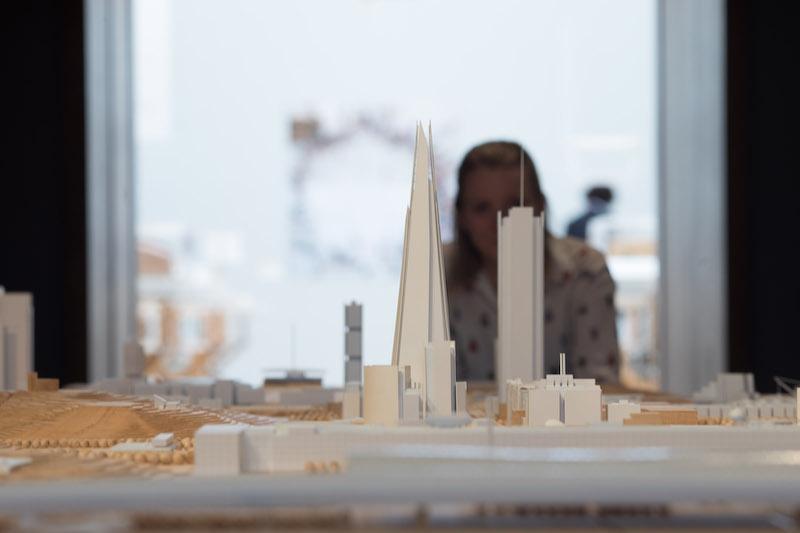
Renzo Piano: The Art of Making Buildings installation view, 2018. Photo: David Parry.
Last chance: see the Royal Academy of Arts’ uplifting architecture exhibition, Renzo Piano: The Art of Making Buildings, in the New Year.
This January, escape into the world of Renzo Piano, the inspirational architect behind The Shard in London, the Pompidou Centre in Paris, and the 1.7-kilometre-long Kansai Airport in Japan. During his 40-year career, Piano has made a huge contribution to the modern city centre, not least on his own hometown of Genoa, where his regeneration work truly transformed the industrial harbour into a public space.
This stirring exhibition is like walking into one of Piano’s architectural logbooks. Daylit, bright and airy, the gallery houses 16 tables filled with original sketches, technical drawings, detailed models and in situ photos of some of his most important projects. Highlights include the first sketch of The Shard (which Piano drew on the back of an envelope in a restaurant), as well as 1:1 mock-ups of engineering elements, which his 150-strong team produce to test their scale and surface.

Renzo Piano: The Art of Making Buildings installation view, 2018. Photo: David Parry.
Each of these reveal the vision and invention behind Piano’s pioneering constructions, and the truly global scale of his work. Designed and curated in close collaboration with Piano himself, join us for the first exhibition in London to put the spotlight on Piano in 30 years.
At the centre of the exhibition is a darkened room screening an intimate documentary with Piano, as well as the most imaginative object in the show: a metropolitan ‘Island’, created by Piano and his team, which brings together over 100 of his buildings at a 1:1000 scale into one landscape.
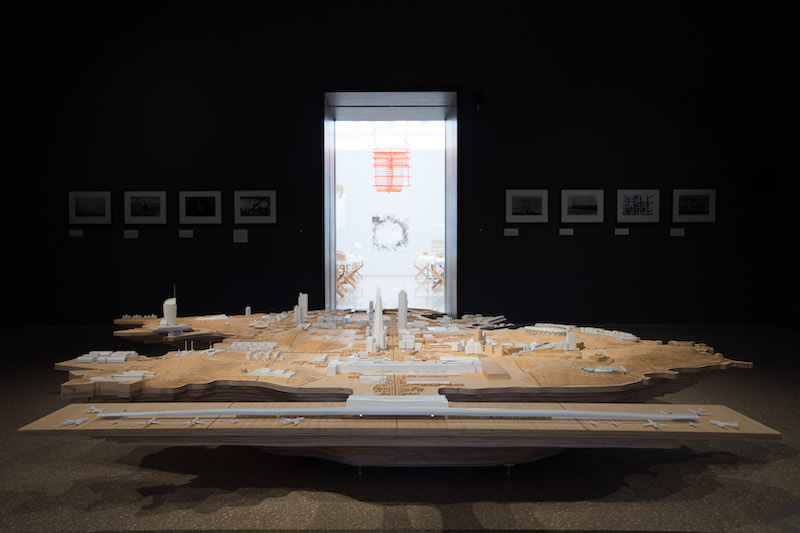
Renzo Piano: The Art of Making Buildings installation view, 2018. Photo: David Parry.
Renzo Piano: The Art of Making Buildings is open until 20 January 2019.
Exhibition organised by the Royal Academy of Arts, London, in collaboration with Renzo Piano Building Workshop and the Fondazione Renzo Piano.
Oh Comely readers can enjoy 20% off tickets using the code ARCHI18.
*This is a sponsored post*
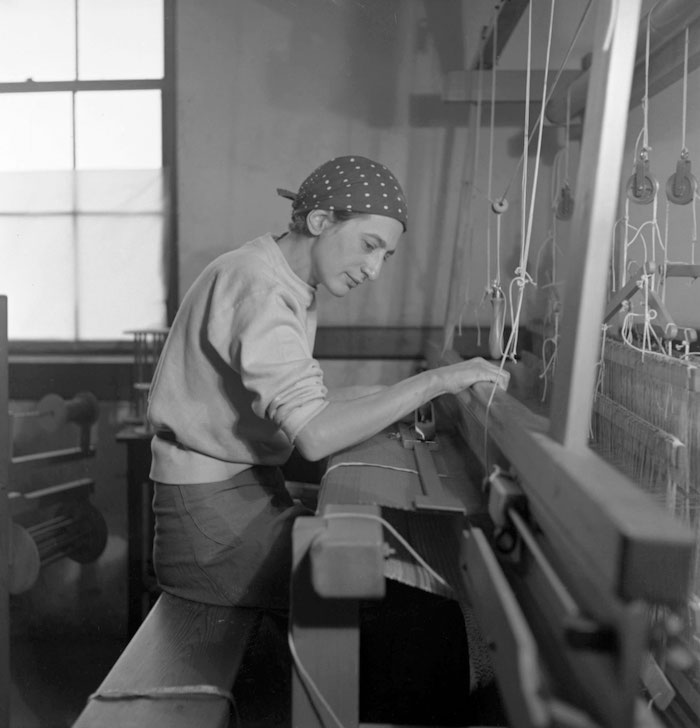
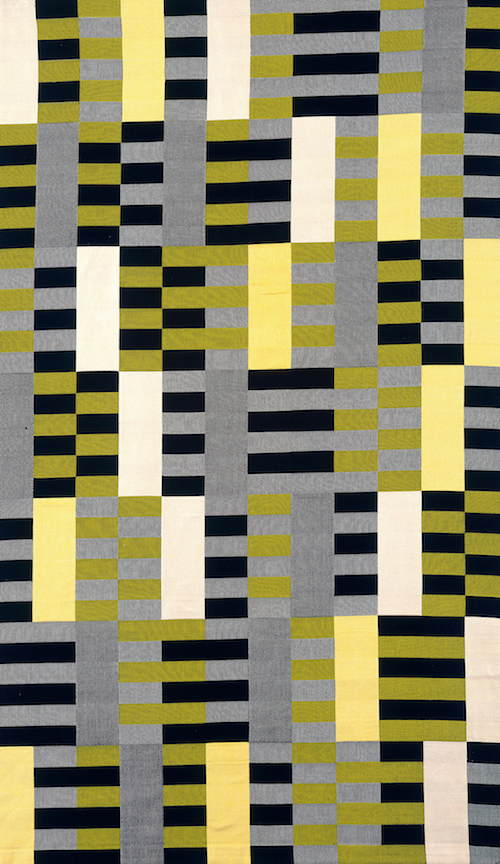
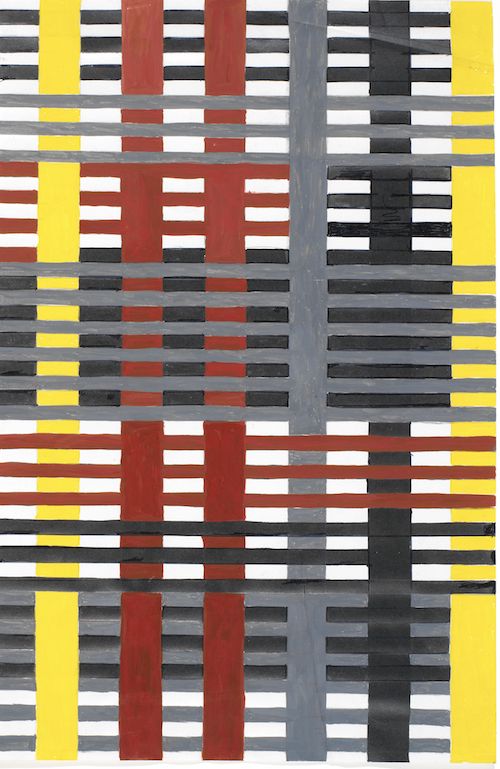

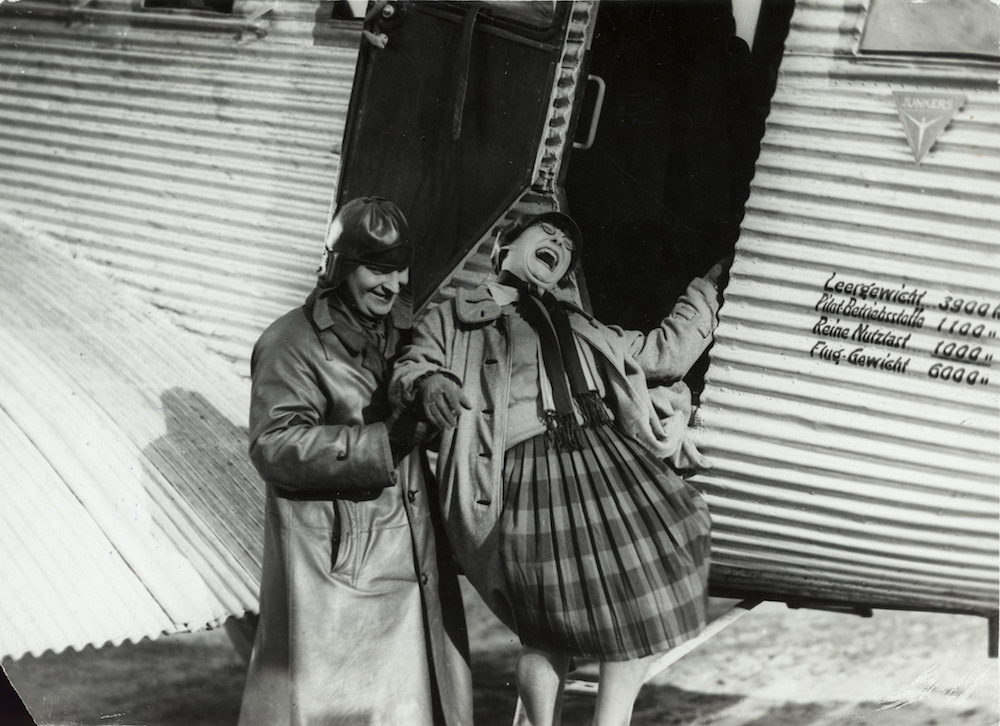
+G+Walker,+Emilie+Flöge+in+Chinese+Imperial+costume+f13th+or+14th+September+1913,+1913.jpg)

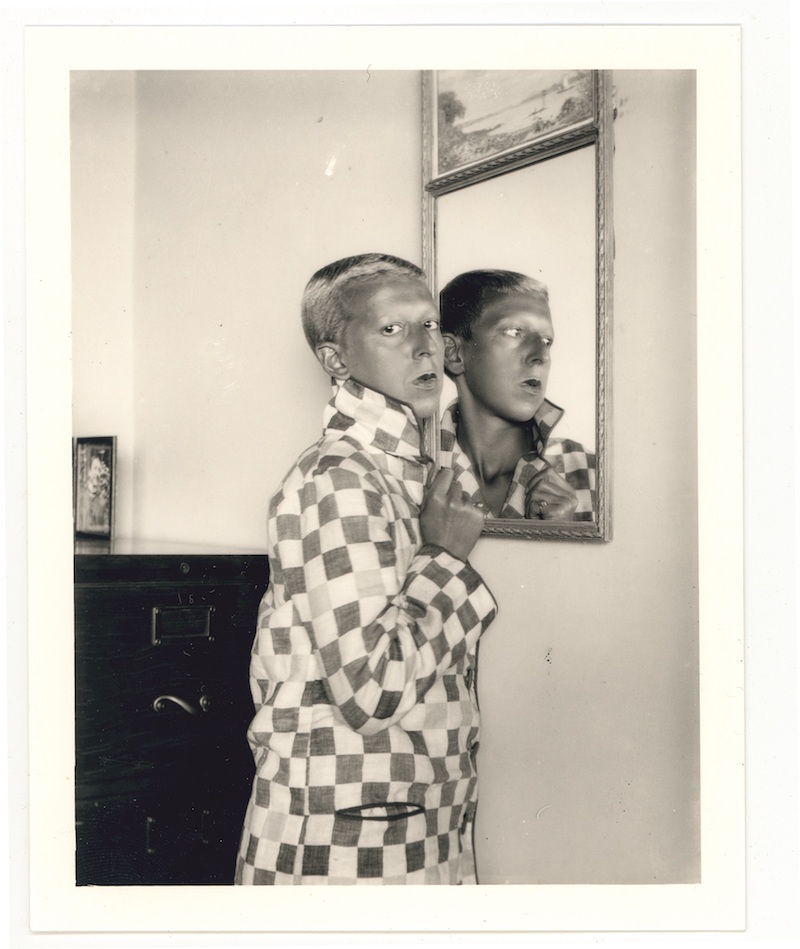
.jpg)





